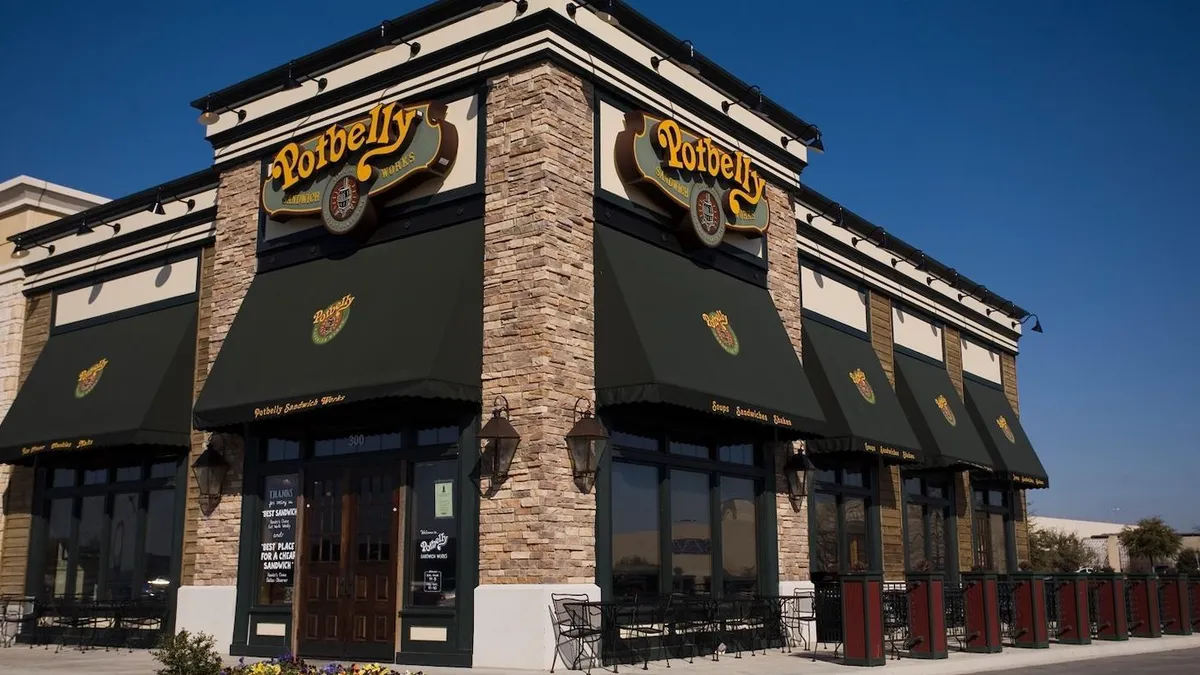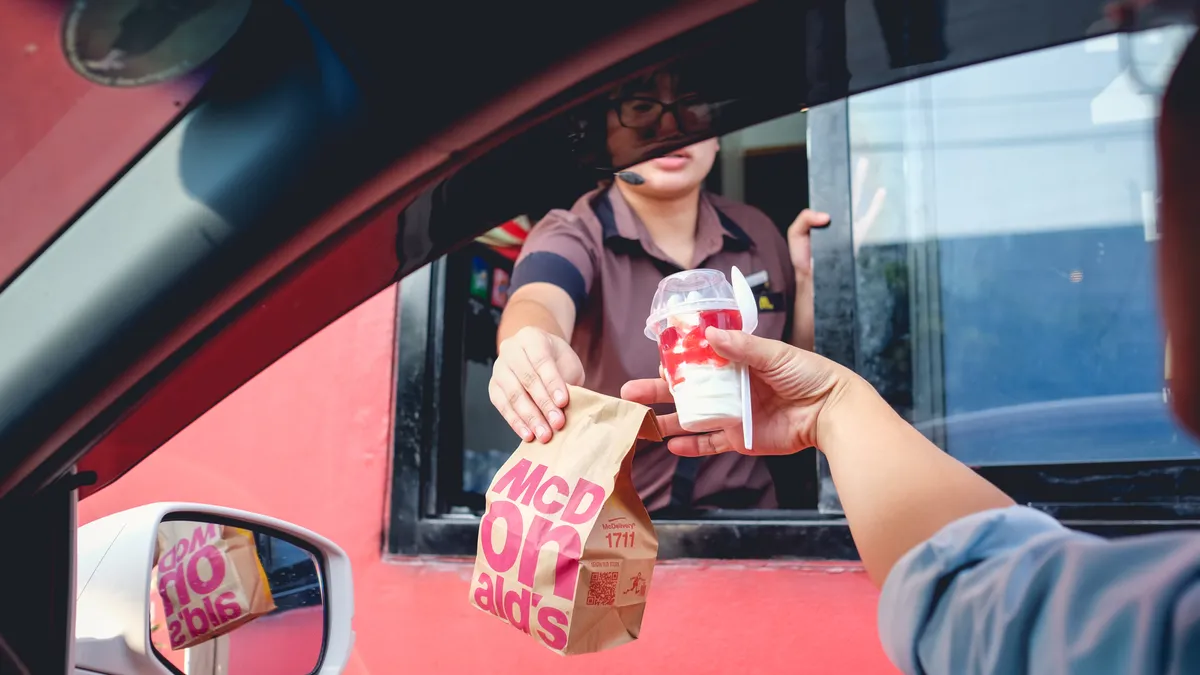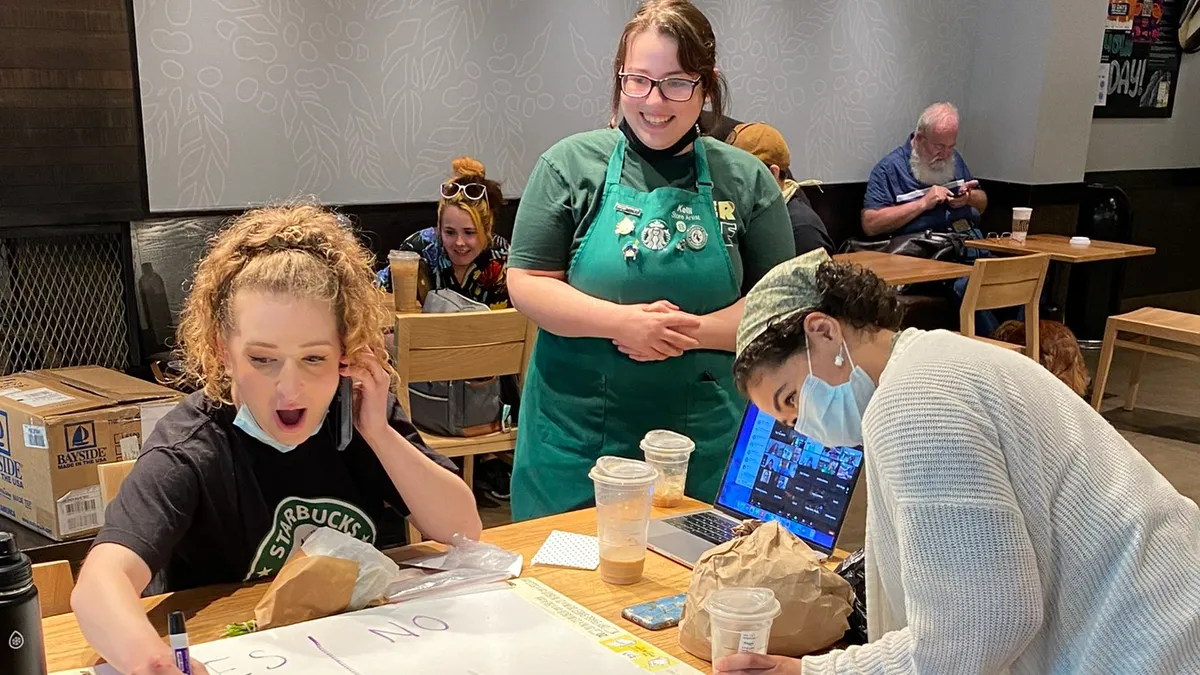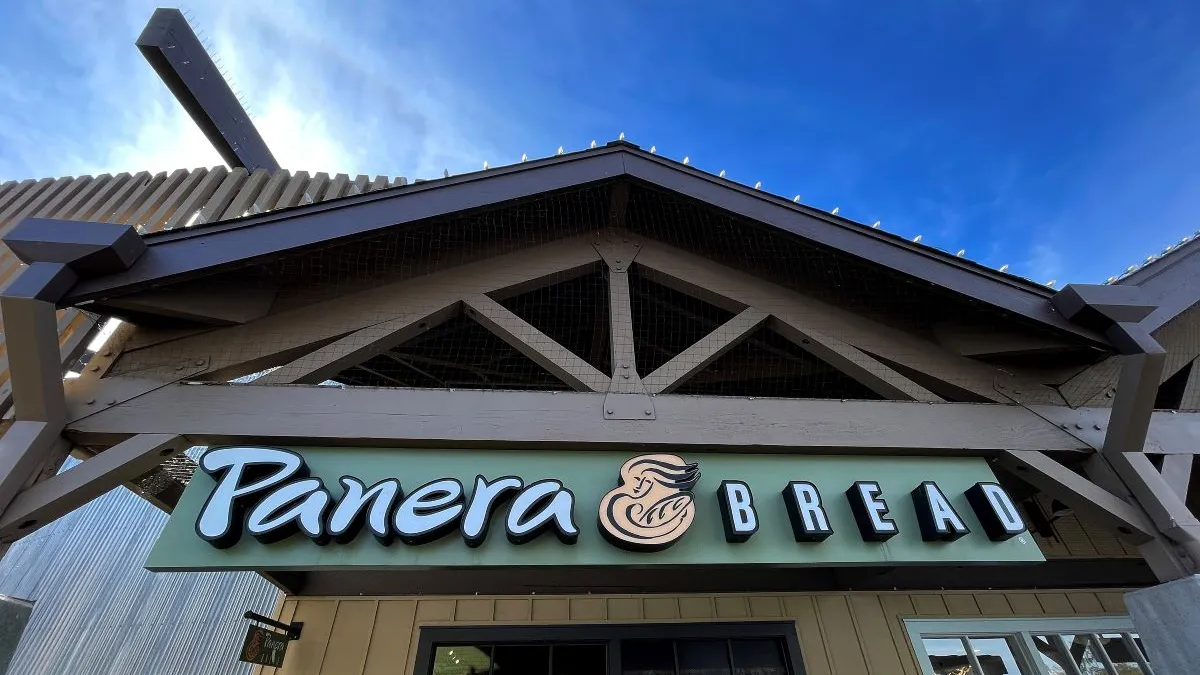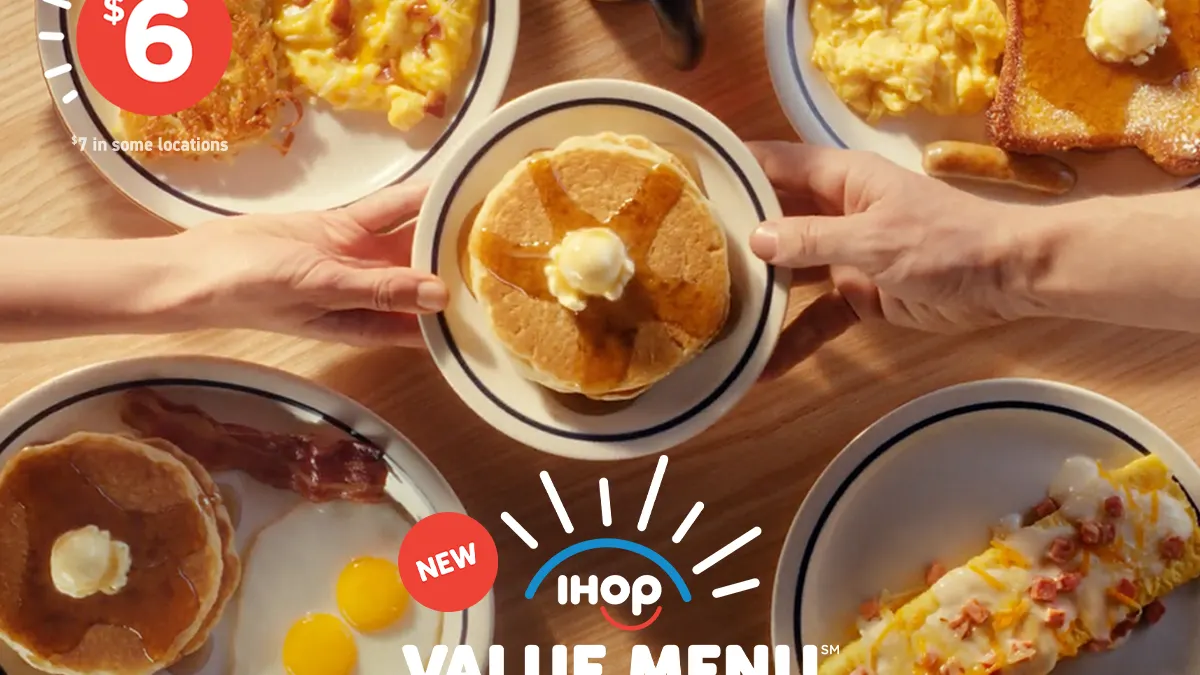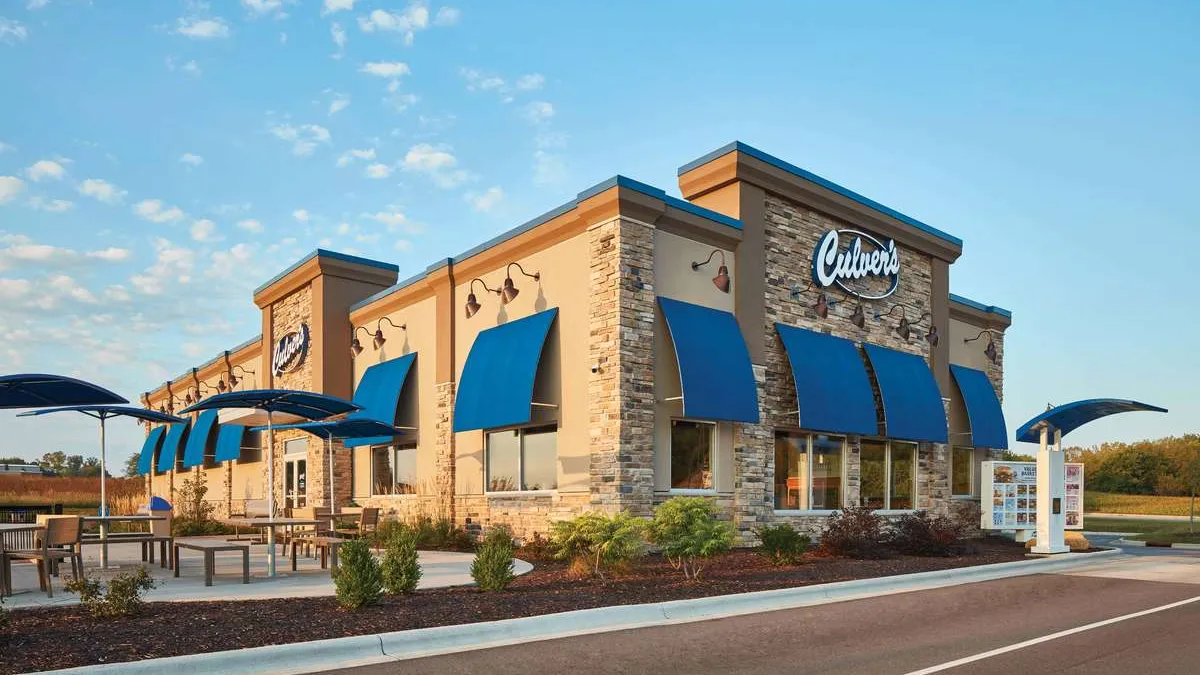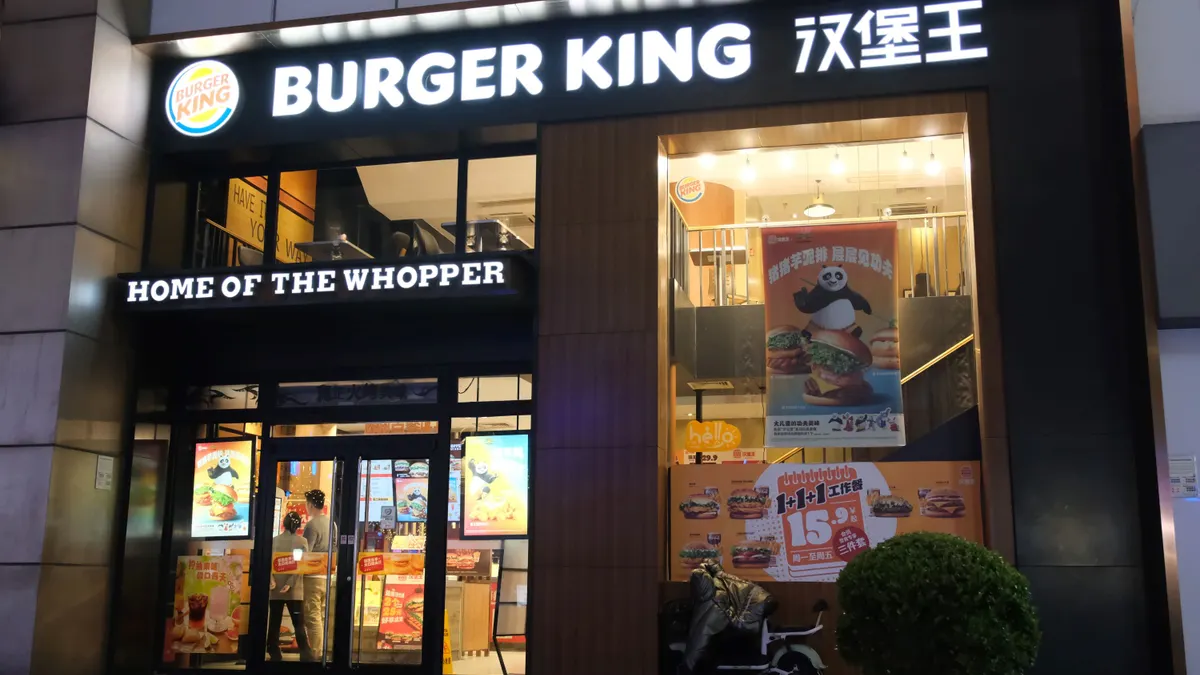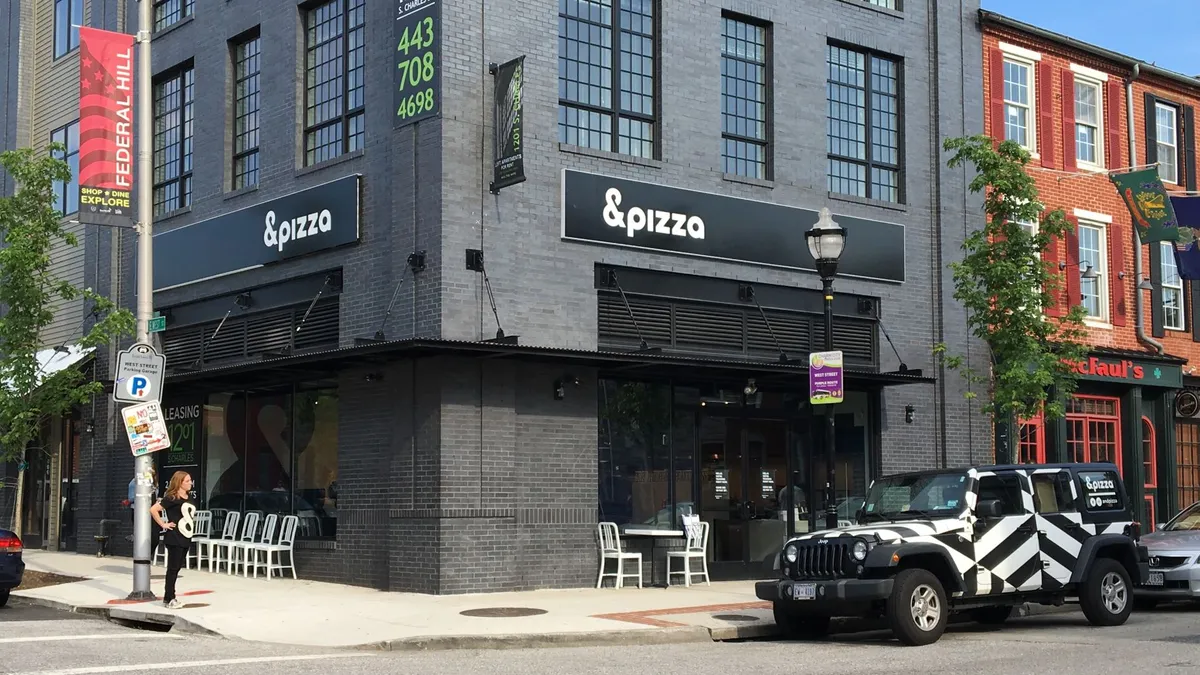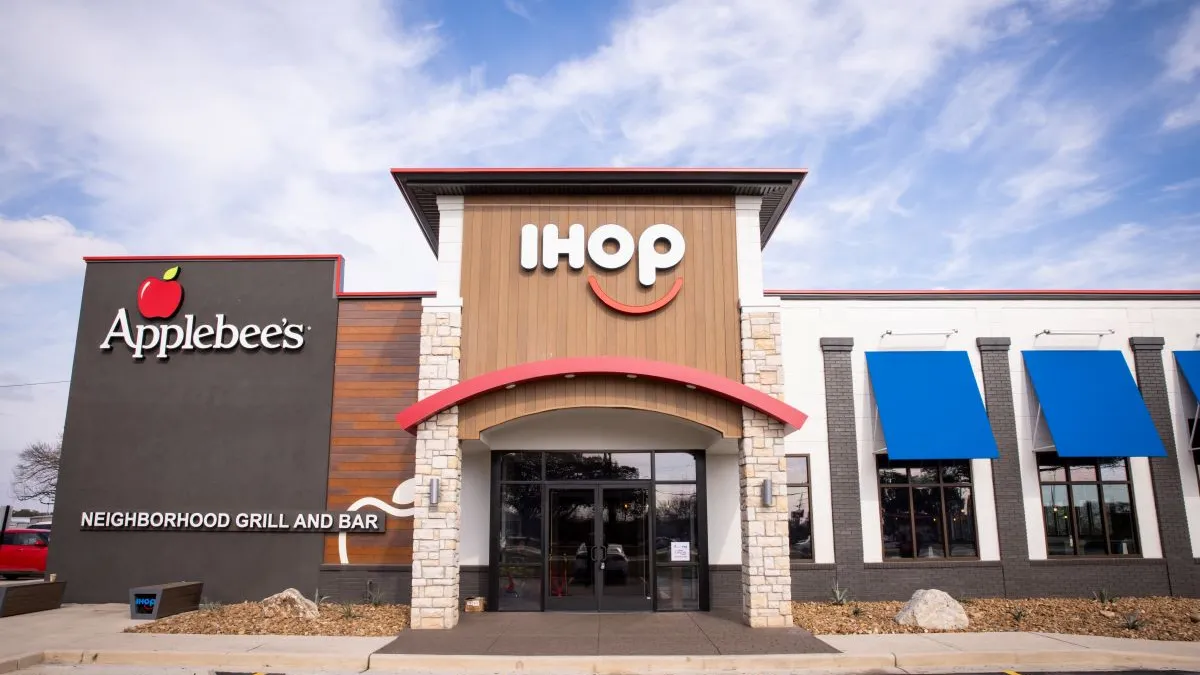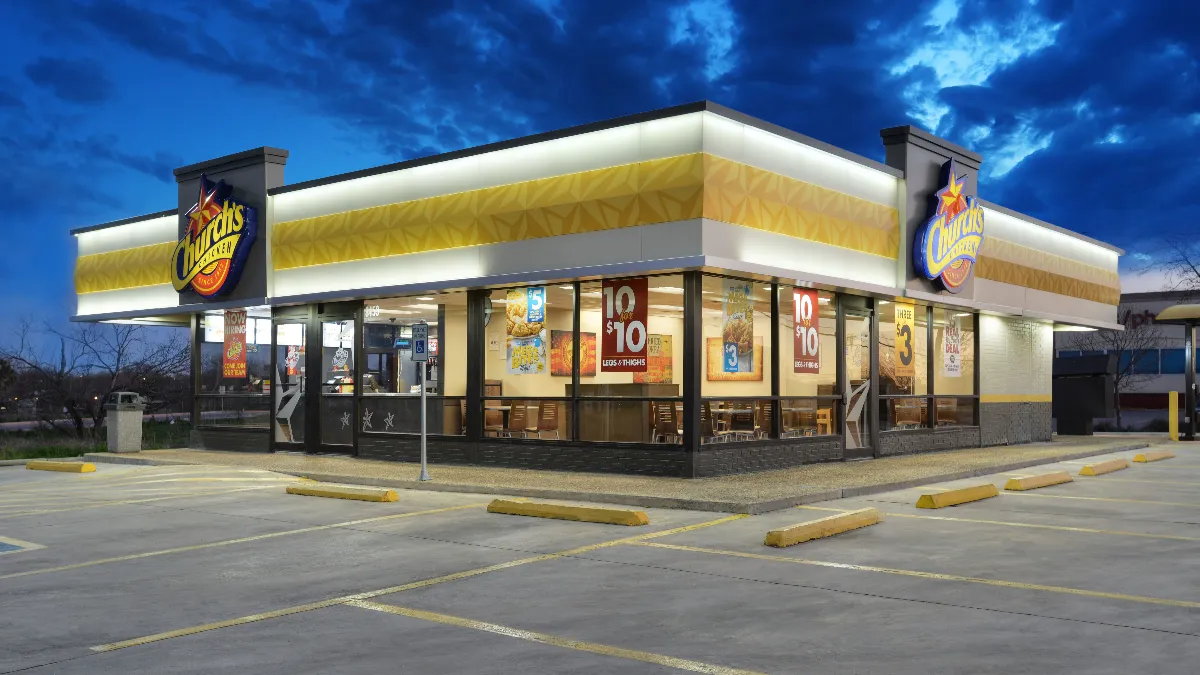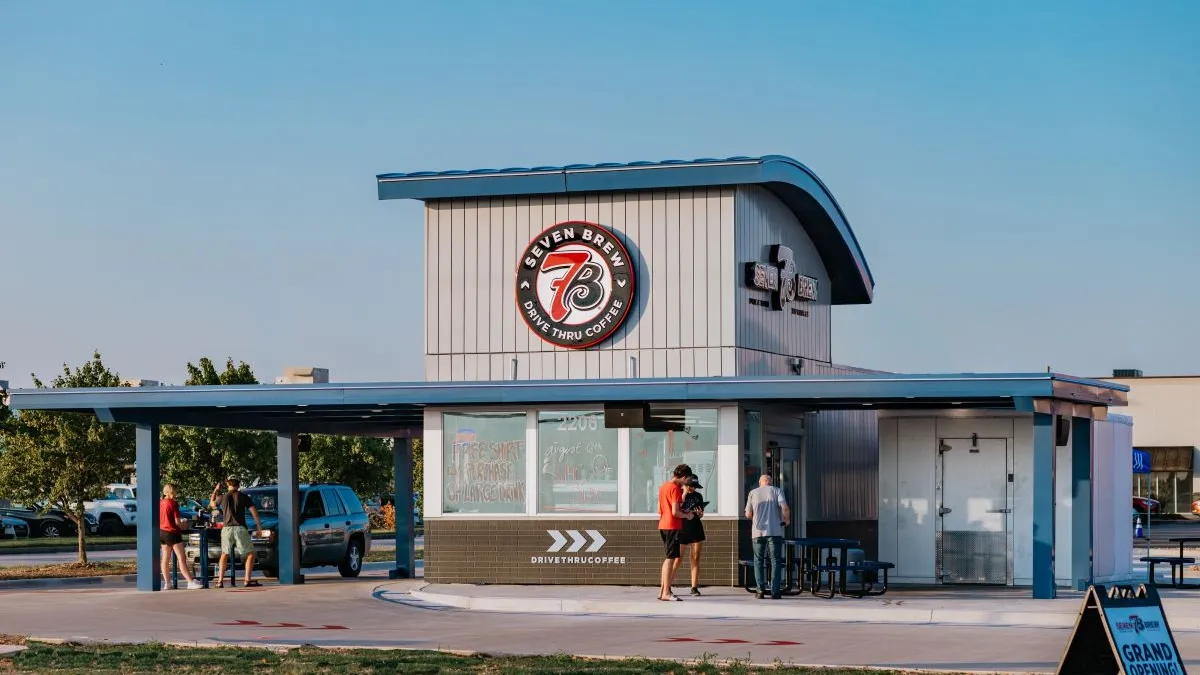Five years ago, when Bob Wright became CEO at Potbelly, the sandwich chain was struggling to survive the COVID-19 pandemic. But after following a five-pillar strategy, which includes boosting franchised development and increasing digital brand awareness, Wright says Potbelly is now firmly in the growth category.
“The point is that … it was all pointed toward growth, topline growth, margin expansion, profitability growth and compound growth on growth,” Wright said, adding that much of this has been driven by the chain’s pivot to open new units predominantly through franchising.
Potbelly posted a company-owned same-store sales increase of 0.9% during Q1 2025, joining brands like Chili’s that have used successful turnaround strategies to grow sales and traffic at a time when many restaurants are struggling.
Potbelly now has 444 open units and more than 300 commitments following the signing of 40 additional units during the quarter, according to an earnings release. The chain opened four units during the quarter and is on track to add 38 units total by the end of the year, which would represent single-digit percentage growth. New unit growth is likely to accelerate next year as well, as franchisees build out committed units.
Several ongoing initiatives that have helped drive both franchisee interest and customer engagement include menu innovation, like the permanent addition of a Prime Rib Steak Sandwich; digital growth through its app and loyalty program, Potbelly Perks; and investments in technology and store remodels.
“Our finish to the first quarter continued to showcase Potbelly as the growth company that we've become,” Wright said during the company’s Q1 2025 earnings call. “We delivered system-wide sales growth, positive same-store sales, growth in our franchising efforts as well as another quarter of strong profitability.”

Leaning into menu innovation, value proposition
Within the past six months, Potbelly added a Pulled Pork sandwich, Prime Rib Steak sandwich, drinks from Tractor Beverage, a banana pudding shake and chili mac and cheese to its core menu.
Potbelly spent nine months developing its steak sandwich in response to customer demand for the menu item. Creating that sandwich required sourcing steak that worked with Potbelly’s method of cooking its sandwiches in a 500-degree oven. The sandwich, which includes melted Swiss cheese, carmelized onions and roasted garlic aioli, has already received strong customer reception, Wright said during the company’s earnings call.
While Potbelly has focused on its core menu over the last six to nine months, the brand continues to offer LTOs to test new flavors that could eventually join the permanent menu, Wright told Restaurant Dive. That happened with its Cubano, which was an LTO for three times before it moved to the core menu last year, Wright said. Potbelly also uses its Underground Menu, which features items only available to order through its Perks Loyalty program, to offer different flavors and innovation.
Value remains of importance to the chain, especially in the current environment of consumer price sensitivity. Wright defines value by the following three levels: intrinsic value, everyday value and promotional value.
Intrinsic value describes the customers’ perception that they are getting what they pay for after visiting a restaurant, while everyday value relates to things like Potbelly’s $7.99 combos. Those combos are a way to let customers know that there will be certain things on the menu that they can count on for value, instead of trying to catch a deal at a specific time.
For promotional value, the chain uses digital channels, like its loyalty program, to offer deals for its most loyal customers.
If Potbelly offers a cookie LTO, it will encourage customers to order via its digital app or website, for example. It also offers straight digital advertising to boost this channel by explaining how digital order pick up is easy to do via its website or app.
Digital continues to be a strong area of growth for the chain and made up over 42% of sales last quarter — 200 basis points higher than the year-ago period, Wright said.
“Once we get you in those digital channels, especially when we get into the first loyalty program, then we can use that information to customize our communication with you and make it more valuable,” Wright said.
Technology investments
Potbelly is also investing capital to improve three areas of technology infrastructure. Its digital assets, including its app, web and digital marketing tools, are over four years old and are at a point where it is easier to rebuild rather than update, Wright said. The new tech stack will allow the brand to create segmented campaigns to hit specific customers.
Potbelly’s data infrastructure and data engineering platform is also outdated and is being rebuilt to allow for faster insights and decision-making, he said. Both of these technologies are expected to be rolled out by mid-year.
The chain is also rolling out a new point-of-sales system called Potbelly Digital Customer Experience, or PDCX, over the next two years, he said. That system will unlock additional capabilities for digitizing some elements of the shop experience, like letting employees take orders using handheld devices if the line is long.
When asked if kiosks might be on the tech menu, Wright said “never say never to technology,” but Potbelly won’t deploy technology just for the sake of adding it. Kiosks work better in a QSR environment because customers can just put in their orders and wait for their food, he said. At Potbelly, diners go through the makeline with an employee to build their sandwiches according to preference.
“If you look at our technology decisions, you'll find that pattern underneath all of them. They are technology for the sake of advancing the customer experience, or the business in some way, or our employee experience,” Wright said.

Developing a remodel strategy
In addition to its technology investments, the fast casual chain is testing a remodel strategy at its company-owned locations. A remodel would follow the rollout of the chain’s small prototype, a 1,800-square-foot unit, the first of which opened last year.
Wright credits the small prototype, which offers a flexible store design, as one reason why franchisees are interested in the chain. While the prototype is designed for 1,800 square feet, franchisees have built prototypes as small as 1,650 and as large as 2,000 square feet, to fit the size of available real estate. The prototype elements like a new beverage station could be considered for a remodel as well.
Remodel testing could lead to a three-tiered redesign initiative across its system, depending on what a restaurant needs.
“You can drive sales with remodels and you can drive very nice returns on that investment,” Wright said. “We’re excited to have that in test and to be testing our way towards a solution that we think could scale into the future.”
That could mean a light touch by just refreshing the colors, signage and fixing the wear and tear on a building. Intermediate remodels could also include things like a new beverage station, furniture and equipment, he said, while more expensive options would cover a comprehensive overhaul.
“Even though it’s more expensive doesn’t mean it’s a bad return,” Wright said. “It could be an even better return if it gives you the kind of [sales] lift that we think we can get.”



